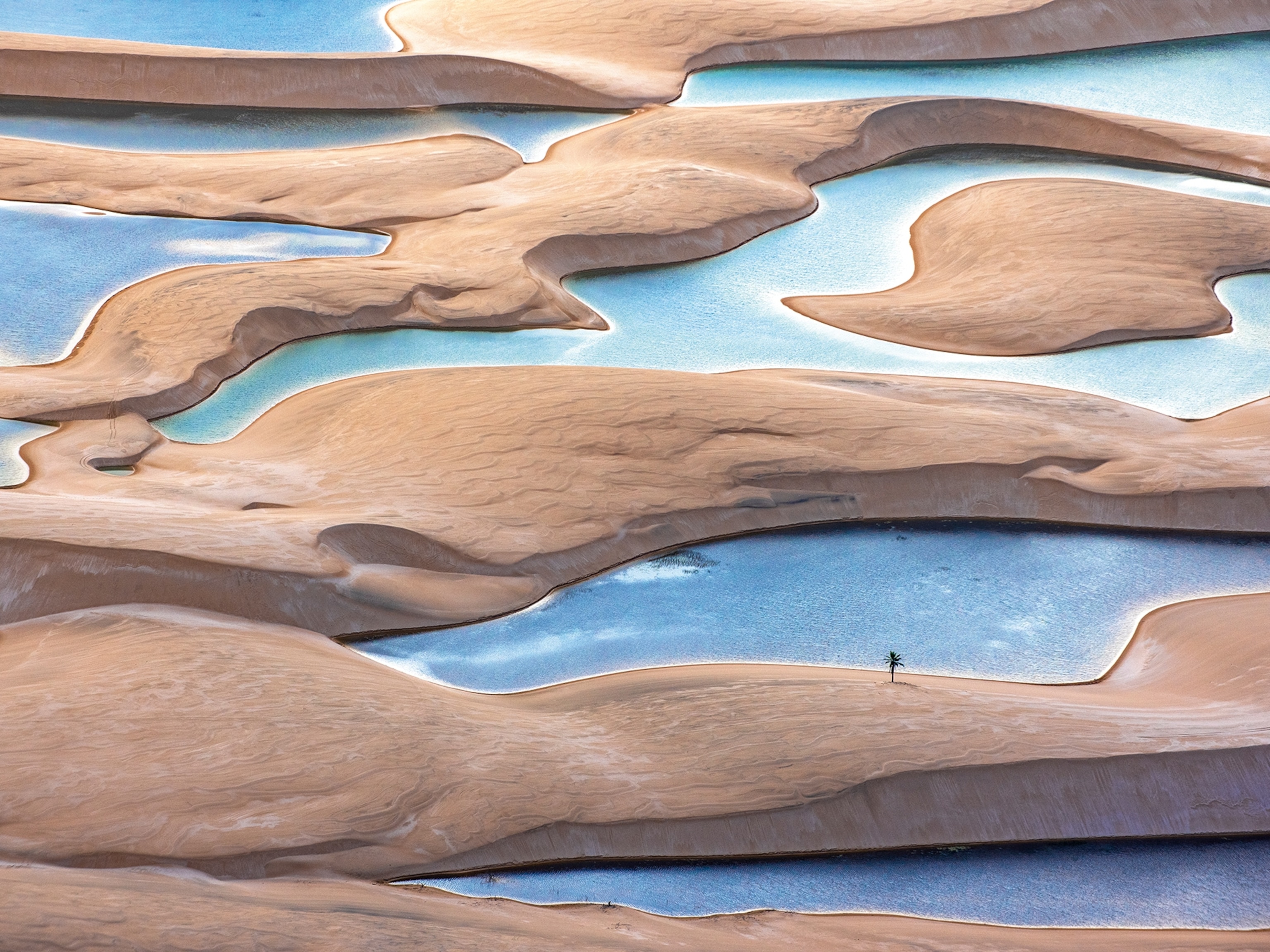
Snake Robots Crack Mystery of How Reptiles Climb Dunes
Scientists have unlocked the secret to some snakes' ability to slither through sand.
Climbing a sand dune is no easy task, even for the most nimble of humans—yet some snakes can climb them with ease. Now, a new study of sidewinders and robotic versions of the snakes has discovered the secret to this amazing ability in the reptile‘s slither.
The finding may pave the way for better robots that can navigate rubble during urban search-and-rescue operations as well as explore archaeological sites and other hard-to-reach places, scientists say.
The new research focused on the desert-dwelling sidewinder rattlesnake (Crotalus cerastes), which navigates the sandy terrain of the southwestern United States and northwestern Mexico. Instead of using its body’s undulations to move forward—in the direction that it’s facing—a serpentine move called sidewinding allows the rattlesnake to move sideways. (Also see “Mystery Solved: How Snakes Climb Trees.”)
“It’s this most gorgeous, amazing movement, to see them glide across the sand in this beautiful dance,” said study senior author Daniel Goldman, a biophysicist at Georgia Tech in Atlanta. “And they [don’t] slip at all.”
Scientists wanted to know if these sidewinding moves were the secret to the snake’s success in climbing.
Using high-speed videos of live snakes and customized robotic reptiles, the team found that sidewinding combines up-and-down and back-and-forth undulations that put more of the snake’s body in contact with the sand and prevent slipping.
“It’s pretty cool how the snake could figure out how to climb so well, even better than we can,” said Goldman, whose study is published October 9 in the journal Science.
Snakes on a Hill
Goldman’s Ph.D. research had focused on granular surfaces such as sand and on how these surfaces behave under pressure from, say, a human foot or a snake’s slithering body. (Also see “Year of the Snake: The Serpent Behind the Horoscope.”)
A pile of sand just sitting on the ground is most definitely a solid. But step on it or press on it, and the sand begins to behave almost like a liquid, flowing and giving way. (Anyone who’s taken a walk on a beach or tried to climb a sand dune knows this phenomenon well.)
To see how sand responds to a snake’s body, Goldman and colleagues set up a test track for sidewinder rattlesnakes at Zoo Atlanta in Georgia. As each snake climbed steeper sand hills, it constantly changed its body movements to either keep more of its body lifted or more of it in contact with the ground. This decreased the pressure on the sand and consequently decreased slippage.
This feat, however, isn’t universal. Experiments with 13 other species of related pit viper, which don’t live in desert environments, revealed that only the sidewinder rattler could climb without slipping. (See “Amazing Video: Inside the World’s Largest Gathering of Snakes.”)
Snakebots
To test how different combinations of undulations on different hills affected climbing ability, Goldman also asked Howard Choset, at Carnegie Mellon University to use a snakelike robot he’d previously developed.
Initially, the robot couldn’t climb sand hills. But by programming in information from the sidewinder rattlers, the team created a new snakelike robot that could traverse nearly any hill. (See “Engineer Sees Big Possibilities in Micro-robots, Including Programmable Bees.“)
“This is one of the coolest studies I’ve seen in a really long time,” said Jake Socha, a biomechanical scientist at Virginia Tech in Blacksburg, who wasn’t involved in the research.
“It could be really important in helping develop snakelike robots that can navigate pipes or sewers very effectively.”





